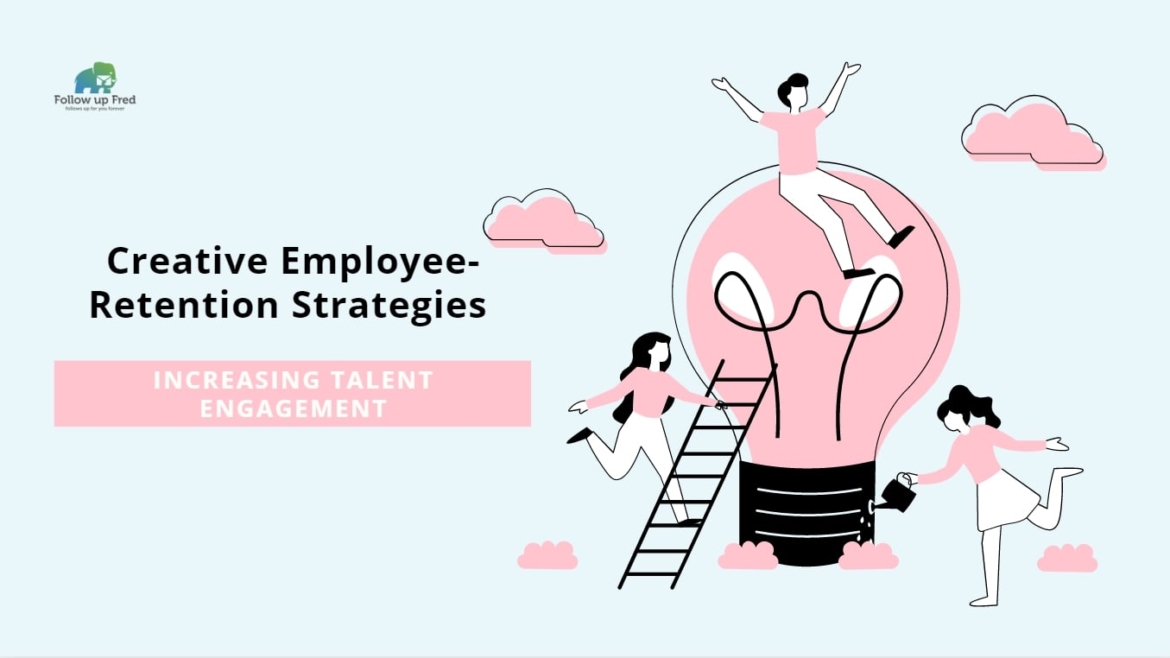Keep Your Talent
Retaining employees is always more cost-effective than hiring replacements, full stop. Using appropriate employee retention strategies and taking care of your talent isn’t just the right thing to do, it’s good business.
Let’s talk about why you should implement strategies to reduce employee absenteeism and enhance retention, and how you can do that successfully.

Why To Focus on Employee Retention
It’s not enough to simply recruit top talent. Talent becomes more valuable the longer they spend in your organization. Even if you can replace a departing employee with someone of equal skill and experience, you’re still losing all the institutional knowledge they hold, with an inevitable loss of efficiency until their replacement gets up to speed. Depending on the position and the hire, that could take weeks or months. Not to mention that this inevitably increases the workload for other employees, which causes stress and can contribute to other employees leaving.
Look at it this way; any investment you’ve made in an employee in training and development goes away when that employee leaves. It benefits them, and their next employer, but it’s a sunk cost and it’s gone. You’ve also got to factor in separation and recruitment costs, not just in salaries and other costs but in time spent by other employees processing the departure, handling recruitment and interviews, etc.
Professional football fans know that signing a big, splashy free agent gets the headlines, but being smart in the draft keeps you under the salary cap and builds a championship team. A good talent management strategy works on similar principles. Fortunately, employee retention isn’t just about big raises or matching a better offer from a competitor. There’s plenty of innovative employee retention strategies to keep your best talent without breaking the bank.
Listen
One of the biggest things employees look for is a workplace that listens to their concerns and feedback. Employees want to be valued, and they need a voice. Most workers understand that not all feedback can be adopted, and that there may be reasons they aren’t aware of for why something’s done a certain way. However, giving employees a meaningful way to provide feedback, offer ideas, and innovate the way you do business or the way you handle employee issues can be an enormous factor in someone’s workplace satisfaction, and willingness to jump for a better compensation package elsewhere.
This doesn’t mean you stick a suggestion box in the office somewhere, especially if people get the idea you never look at it.Think about how to truly engage employees in innovating and improving your processes or operations. It’s far better to provide meaningful arenas to let employees suggest process improvements or workplace environment changes, to highlight employees when their ideas make an impact, and to allow for authentic discussion and consideration of meaningful ideas even when you go in a different direction.
Recognize
“Praise in public, criticize in private” is a management principle that plays a huge role in retention. When you have negative feedback, always do that privately, but public recognition builds loyalty. People want the respect of their peers and their organization. Whether you are praising them formally or informally, let it be known you’re doing so. You don’t need to make a huge deal out of it, but even saying “great job on that analysis yesterday, Bob,” loudly as you walk past someone’s cubicle can make someone’s day.
Reward
Many organizations with strong employee retention rates use rewards programs, and these can be effective when implemented well. It’s a bonus if you can use those rewards to kill two birds with one stone by offering rewards that show company pride or build team cohesion. Giving someone a big-screen TV is nice, but be creative. Comcast, for example, provides top performers with rewards points that they can use through an online store to buy unique branded apparel that’s only available to those who earn it. This gives those employees a chance to wear not only a non-standard uniform, but one that any other employee recognizes was earned through their performance. Many of those items are attractive enough that people wear them even outside of work, showing pride in their employer. Team rewards can double as team-building/morale exercises; for example, if one team or department exceeds a goal, taking them out for lunch or dinner, on the clock, is a brilliant way to show appreciation. These things stick in the minds of employees.
Be Flexible
One of the biggest factors that can drive employees away or keep them loyal is the work schedules and work-life balance. As we’ve seen in the first half of 2020, working from home can be effective and productive, and allowing employees to work from home when needed can make a huge difference for many workers, especially parents. Flexible schedules can also be a huge draw. Acknowledging that employees have complex lives outside the office and giving them the flexibility to accommodate that while still putting in the time to get the job done makes a massive difference for employee happiness, and a lack of schedule flexibility or depletion of leave time for issues that could easily accommodate otherwise is one of the biggest reasons people move on from a job.
Develop
One of the biggest reasons people give for moving on is a lack of opportunity to grow or to use their skills and abilities, Even if you don’t have an opening to promote a high performer, you can still continue to challenge and develop them. Having them mentor other employees, or assigning them special projects, can give challenge-motivated employees a reason to stay with your organization. Opportunities for professional development can also be a huge motivator; sending people to conferences, training seminars, or other opportunities for professional development benefits them, benefits you, and can even benefit your entire team.
Take, for example, the Navy’s Top Gun program (as featured in the Tom Cruise movie.) Only the best pilots get to attend the actual program, but attendees are obligated to log a certain number of hours training their colleagues in what they learned after graduation. While it would be cost-prohibitive to send every pilot to a long, intensive school like Top Gun, all pilots do benefit since those that go come home and teach the rest of their units what they know. Companies that use similar policies get more bang from the buck for their investment in employee development since everyone gets to learn. Workers that feel challenged and are encouraged in professional growth are happier and less likely to go anywhere.

People Are Your Only Critical Infrastructure
How to improve employee engagement? Listen to them, develop them, give them flexibility, recognize them, and reward them. Simple, right? The devil’s in the details, but many companies have used these concepts as the cornerstone of successful employee retention strategies. By using these to inform and develop your own employee retention ideas, you’ll be on your way to reducing turnover and having a happier and more productive team.
Good luck!


